About Offering ”お賽銭について知ろう”
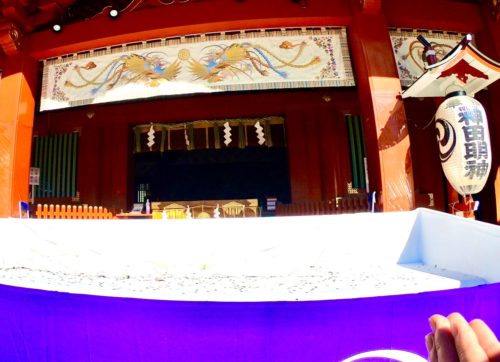
When you go to a shrines and temples, there is a box to put money in.
This is called “offering Box”, and when worshiping in front of God or Buddha, it is common to put money and put hands together.
But many foreigners want to know about this “offering”.
Describes the offering.
お寺や神社を訪れると、お金を入れる箱が置いてあります。
これは、「お賽銭箱」と言われるもので、神仏を前にして参拝する際に、お金を入れてから手を合わせるということが一般的です。しかし、海外から来られた人たちにとっては、このお賽銭について何かと戸惑う方が多いと思います。
ここでは、お賽銭について、説明をしていきます。
How much is offering price? 【お賽銭はいくら入れる?】
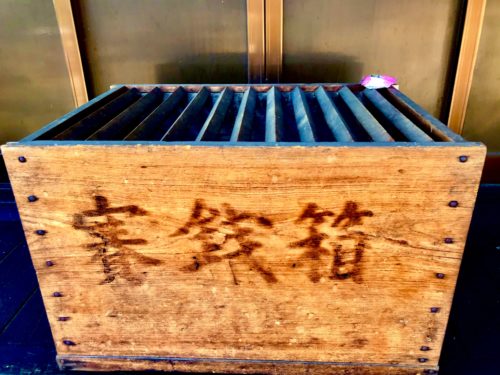
The most important thing you want to know is the price.
In Japan, it is customary to rhyme to determine the amount of money, but there is no basis for it.
There was a question and answer about this offering on the website of the famous Izumo Taisha Shrine in Shimane Prefecture. Please refer to it.
In conclusion, “gratitude” and “respect” to God and the Buddha are important, and their prices are “no rules”.
In my case, I didn’t want to change the amount depending on the shrines and temples, so I set it to 100 yen. Please refer to this as it is a completely personal idea.
Temples and shrines have several offering boxes, but you only need to put offerings in one place.
一番知りたいことは、きっと「いくら納めればいいの?」と、お賽銭の金額が気になるところだと思います。
「御縁がありますように。」と5円玉を入れたり、「二重に御縁がありますように。」と25円など、語呂合わせが良いと聞かれることがあると思いますが、実は根拠はないようです。島根県にある、かの有名な出雲大社のHPに、お賽銭に関するQ&Aがありました。ぜひ、参考にしてください。
結論から言うと、神仏に対する「感謝の気持ち」「敬う気持ち」が大切であり、金額には『決まりがない』ということらしいです。
私は、場所によって金額に差をつけたくないので、一律100円と決めています。これに関しては、全く個人的な考えなので、参考にするかはご自由にしてください。一つのお寺や神社に、いくつものお賽銭箱が置いてあるところがありますが、一箇所にお賽銭を入れたら、他は特にお賽銭は入れなくても手を合わせて「感謝」を伝えるだけで良いです。
Precautions when putting offerings 【お賽銭を入れるときの注意】
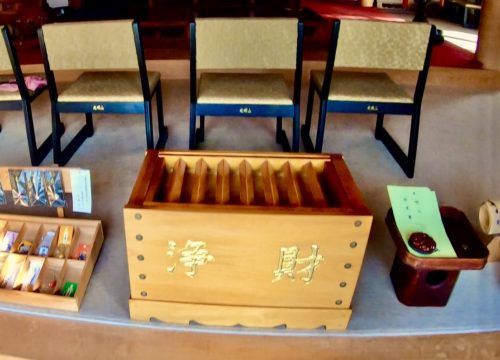
Offering is not to make a wish come true.
It’s not very desirable to seek your success, such as being rich, winning the lottery, or wanting to be.
It is important to show gratitude and respect to the gods and Buddhas.
I would like to thank “Family Health” and for visiting temples and shrines again.
Also, do not throw money. I think it’s rude to throw something on the gods or the Buddha, so I recommend slowly and gently putting it in the offering box.
お賽銭は願い事を叶えてもらうための対価ではありません。「お金持ちになりますように。」「宝くじが当たりますように。」「私は〇〇になりたいです。」といった、自分の成功だけをお願いすることは、あまり望ましくありません。感謝、敬う気持ちは人それぞれだと思いますが、私は、「家族の健康」や自分が再びそのお寺や神社を訪問することができたことへの感謝の気持ちを伝えるようにしています。また、お賽銭を投げ入れないようにしましょう。神仏に対して、物を投げる行為はやはり失礼に当たると思いますので、やさしく、ゆっくりとお賽銭箱に収めることが望ましいです。
Origin of the offering 【お賽銭の起源】
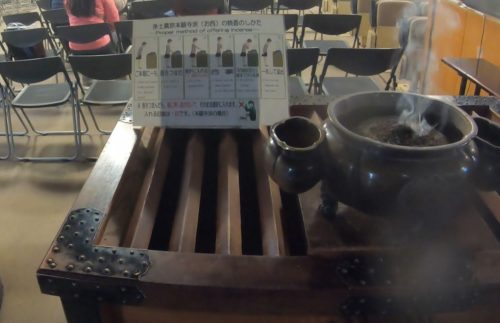
At present, it is common to put money in offering boxes, but it is said that this custom occurred after money was distributed during the Muromachi period.
It seems that seafood and food harvested in the mountains were once dedicated to God and the Buddha.
Also, it seems that the origin was that rice was wrapped in white paper and dedicated. It’s better not to have rice right now, so bring everything other than money directly to the office.
現在は、お賽銭箱の中にお金を入れることが一般的になっていますが、この習慣は室町時代に貨幣が流通するようになってからと言われています。昔は、海や山の幸を神仏にお供えをしていたとされています。また、お米を白い紙に包み、おひねりとしてお供えしていたというのが起源のようです。お賽銭箱にお米を入れることは、今では避けたほうが良いですので、もし、お金以外のものをお供えしたいという希望があれば、社務所に直接お持ちになると良いでしょう。


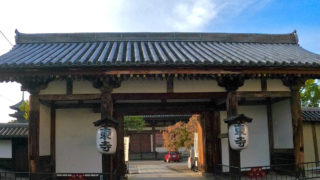
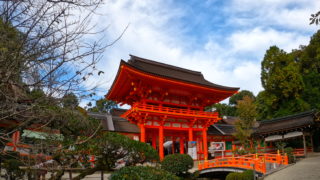



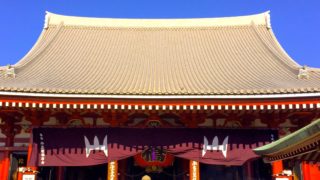
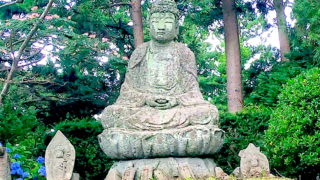


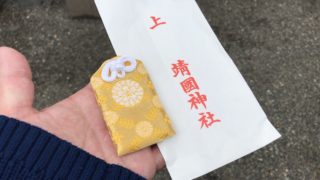
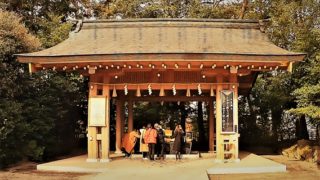


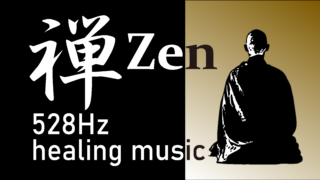

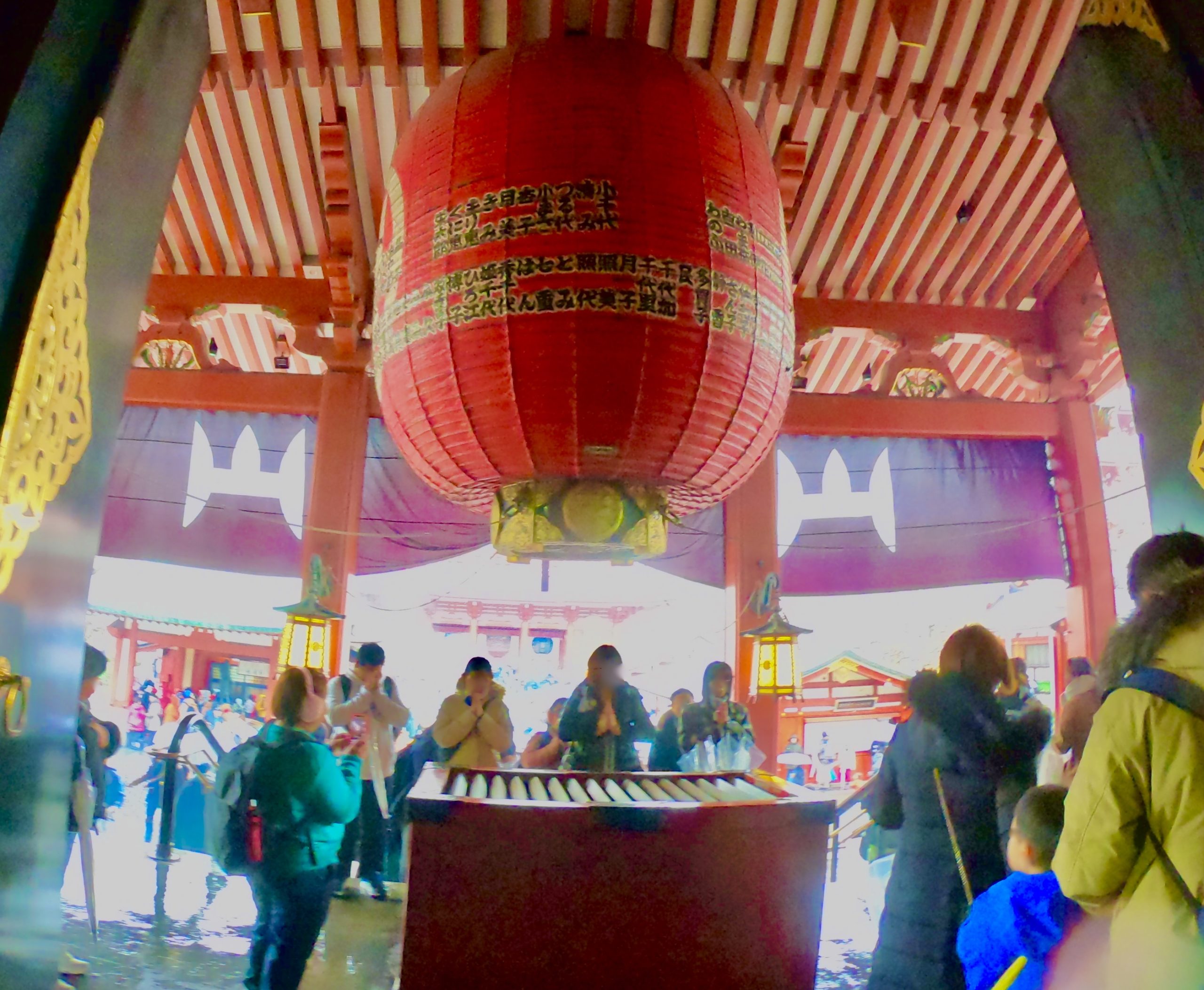


コメント